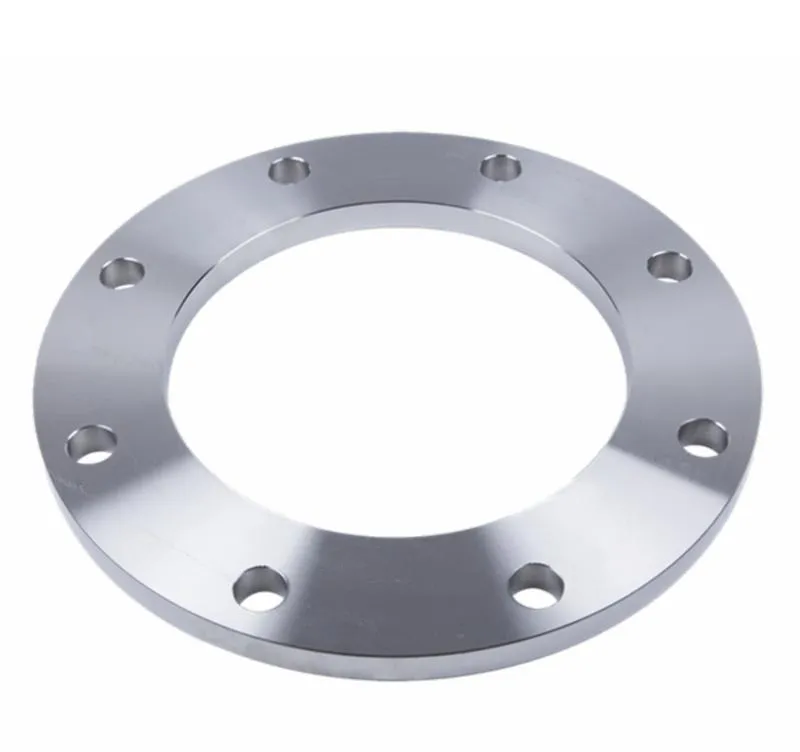-
Cangzhou Yulong Steel Co., Ltd.
-
Phone:
+86 13303177267 -
Email:
admin@ylsteelfittings.com
- English
- Arabic
- Italian
- Spanish
- Portuguese
- German
- kazakh
- Persian
- Greek
- French
- Russian
- Polish
- Thai
- Indonesian
- Vietnamese
- Zulu
- Korean
- Uzbek
- Hindi
- Serbian
- Malay
- Ukrainian
- Gujarati
- Haitian Creole
- hausa
- hawaiian
- Hebrew
- Miao
- Hungarian
- Icelandic
- igbo
- irish
- Japanese
- Javanese
- Kannada
- Khmer
- Rwandese
- Afrikaans
- Albanian
- Amharic
- Armenian
- Azerbaijani
- Basque
- Belarusian
- Bengali
- Bosnian
- Bulgarian
- Catalan
- Cebuano
- China
- China (Taiwan)
- Corsican
- Croatian
- Czech
- Danish
- Esperanto
- Estonian
- Finnish
- Frisian
- Galician
- Georgian
- Kurdish
- Kyrgyz
- Lao
- Latin
- Latvian
- Lithuanian
- Luxembourgish
- Macedonian
- Malgashi
- Malayalam
- Maltese
- Maori
- Marathi
- Mongolian
- Myanmar
- Nepali
- Norwegian
- Norwegian
- Occitan
- Pashto
- Dutch
- Punjabi
- Romanian
- Samoan
- Scottish Gaelic
- Sesotho
- Shona
- Sindhi
- Sinhala
- Slovak
- Slovenian
- Somali
- Sundanese
- Swahili
- Swedish
- Tagalog
- Tajik
- Tamil
- Tatar
- Telugu
- Turkish
- Turkmen
- Urdu
- Uighur
- Welsh
- Bantu
- Yiddish
- Yoruba

Nov . 28, 2024 01:47 Back to list
Understanding ANSI B16.21 Standards for Flanged Joint Gaskets in Industrial Applications
Understanding ANSI B16.21 A Key Standard for Pipe Flanges
ANSI B16.21 is a significant standard in the realm of industrial piping and flanges, specifically addressing the requirements for non-metallic pipe flanges. The American National Standards Institute (ANSI) plays a crucial role in developing consensus standards that serve various sectors, ensuring safety, reliability, and compatibility within mechanical systems. This particular standard outlines specifications for flat face flanges made from non-metallic materials, which have become increasingly essential in certain industrial applications.
Non-metallic flanges are utilized in various environments where metallic options may not be suitable. For instance, industries involving corrosive substances, high temperatures, or environments prone to chemical reactions often prefer non-metallic materials to avoid potential degradation and ensure longevity. ANSI B16.21 provides essential guidelines that ensure these flanges can withstand different operational stresses while maintaining integrity.
Understanding ANSI B16
.21 A Key Standard for Pipe FlangesAdditionally, ANSI B16.21 outlines various non-metallic materials that are deemed acceptable for use in flange production. These may include reinforced plastics, composites, and rubber materials, each selected based on their unique properties and the specific application requirements. The careful specification of materials in the standard ensures that flanges not only provide a reliable sealing solution but also comply with health, safety, and environmental regulations.
ansi b 16.21

One of the advantages of using flanges that comply with ANSI B16.21 is their weight efficiency. Non-metallic flanges are generally lighter than their metal counterparts, making them easier to handle and install. This can lead to reduced labor costs and increased safety during installation processes. Furthermore, the standard helps manufacturers maintain consistent quality across their products, thus fostering trust among end-users regarding the reliability of non-metallic flanges in critical applications.
Adherence to ANSI B16.21 also facilitates global trade, as it provides a common framework that manufacturers and users can rely on when sourcing or specifying non-metallic flanges. The standard enhances interoperability and compatibility among different systems and reduces the risk of costly errors that may arise from using non-compliant components.
In today’s industrial landscape, the importance of standards like ANSI B16.21 cannot be overstated. They not only ensure safety and efficiency in pipe flange applications but also foster innovation and sustainability by allowing for a broader range of materials and designs. As industries continue to evolve, the relevance of this standard will likely grow, reflecting the need for advanced solutions that meet modern operational challenges while maintaining safety and effectiveness in various environments.
In summary, ANSI B16.21 serves as a vital reference for industry professionals involved in the design and installation of piping systems that employ non-metallic flanges. By adhering to this standard, they can ensure quality, performance, and safety across applications, contributing to the overall efficiency and integrity of industrial processes. Understanding ANSI B16.21 is essential for anyone involved in the engineering and construction of piping systems, representing a commitment to best practices and industry excellence.
Latest news
-
ANSI 150P SS304 SO FLANGE
NewsFeb.14,2025
-
ASTM A333GR6 STEEL PIPE
NewsJan.20,2025
-
ANSI B16.5 WELDING NECK FLANGE
NewsJan.15,2026
-
ANSI B16.5 SLIP-ON FLANGE
NewsApr.19,2024
-
SABS 1123 FLANGE
NewsJan.15,2025
-
DIN86044 PLATE FLANGE
NewsApr.19,2024
-
DIN2527 BLIND FLANGE
NewsApr.12,2024
-
JIS B2311 Butt-Welding Fittings LR/SR 45°/90° /180°Seamless/Weld
NewsApr.23,2024











